Bob and Lynn came of age in the US in the 1960's and 70's, a time of turmoil and possibilities. The Black civil rights movement had inspired the women's movement and the anti-Vietnam-war movement, and was moving many activists towards a focus on anti-imperialism. We each owe a large debt to our various mentors and experiences during this period and beyond, with special gratitude for SNCC.
Over the years, we were activists, eventually learned to code, got a lot of experience in decades of "day jobs", and learned a lot about how the capitalist economy works, things like manufacturing and supply chain, banking, transportation, energy, food. We also had families, which can certainly teach a person a lot!
In one job in the 1990's, Bob was hired to redesign manufacturing software around different principles, somewhat influenced by what was going on in Japan at the same time: in particular, the Toyota Production System.
Later Bob and one of his customers tried to spin out some of these ideas into whole supply chains. They needed a conceptual model for supply chain operations and found REA (Resources, Events, and Agents). Bob worked with Bill McCarthy (the father of REA), of Michigan State University, to extend it to become a generalized economic model. This moved it outside of just the enterprise, so it can handle economic relationships and networks of any kind, including ecological requirements.
Bob was starting to think he understood something about how a better economic system could be developed, out of cooperative economic networks, that then start internetworking with each other. He retired and started to work with other people on a series of experiments. Lynn joined him and we've been working together ever since....
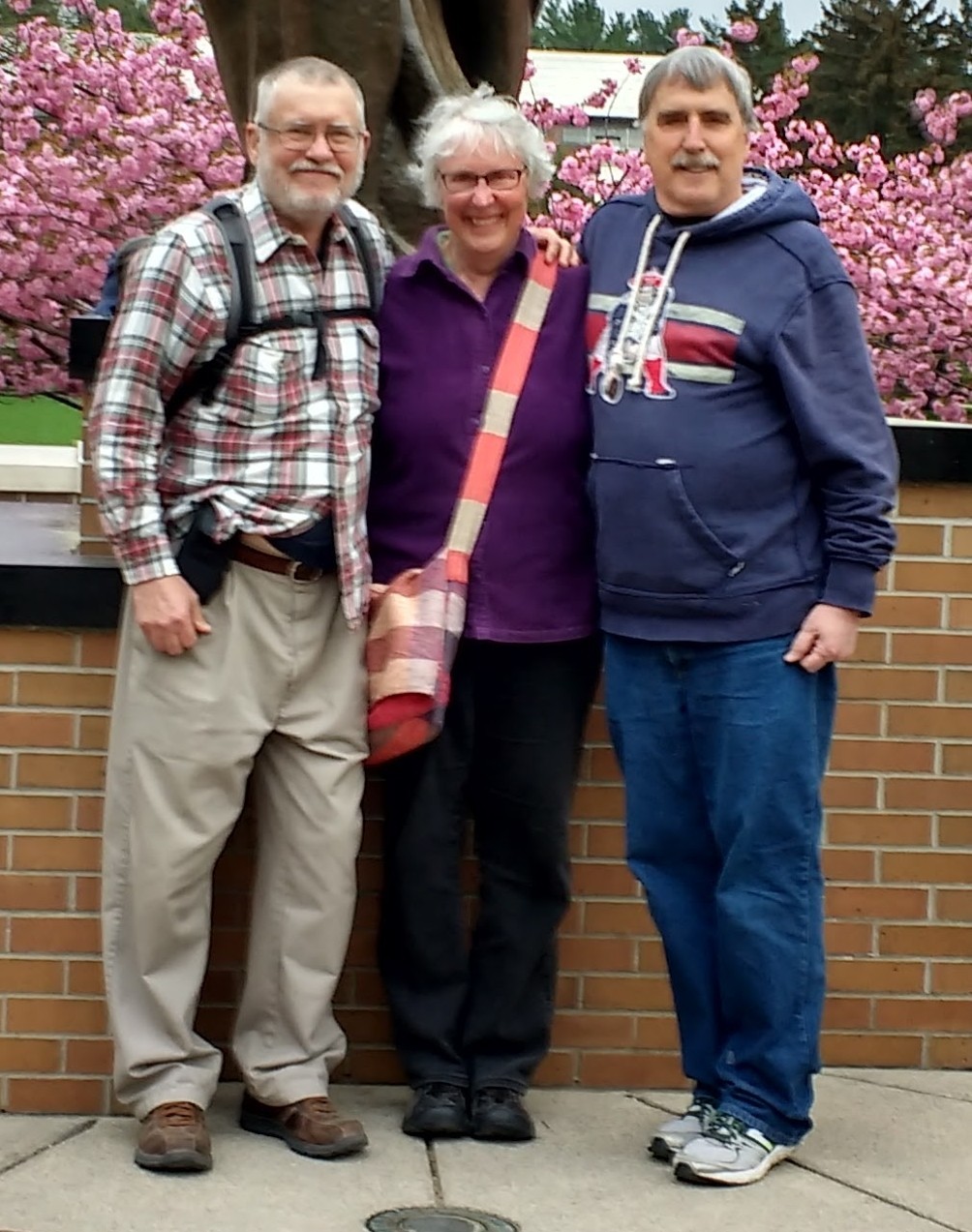
Lynn and Bob visit Bill McCarthy in 2017
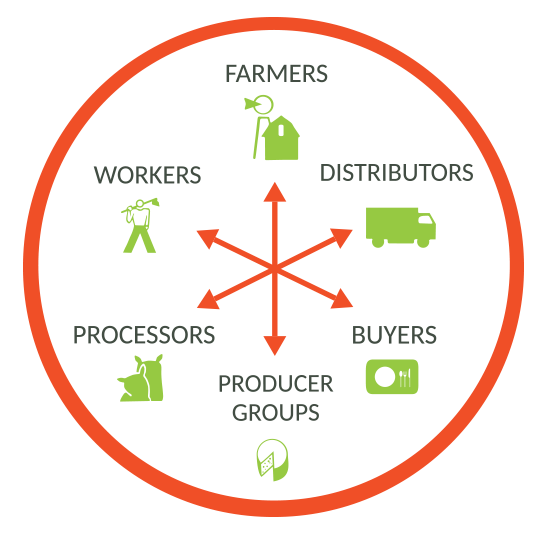
The first experiments, starting around 2008, were with local groups who were organizing economic networks, and wanted some software. This included several food networks and a timber network. We created custom software for each of these, the software continuing to learn from each group. Only two of these networks remain, having nothing to do with the software. This stuff is hard! Possibly the most interesting, because it is a successful multi-stakeholder cooperative supply chain, is Fifth Season Cooperative.

We got an invitation to work with a group in Nova Scotia called Abundance, which was doing organizing to create connected local networks and provincial level planning. In parallel, we created software for the first operational network (for food) and a higher level view to do regional economic analysis and planning in all sectors, including identification of gaps and opportunities to fill them. They planned to connect those, but the project sadly fell apart before that. A related project picked it up to analyze the fishing sector, leading to the creation of a line fishing cooperative, a small step to start to fix some big problems identified in their analysis.
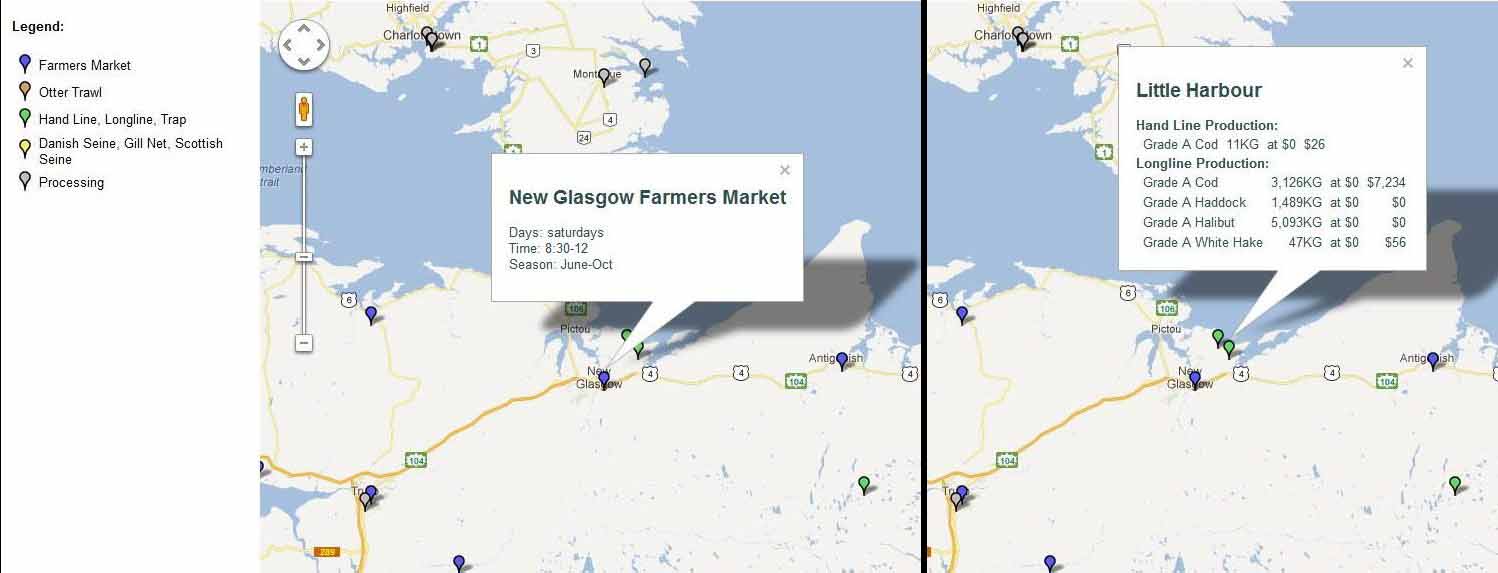
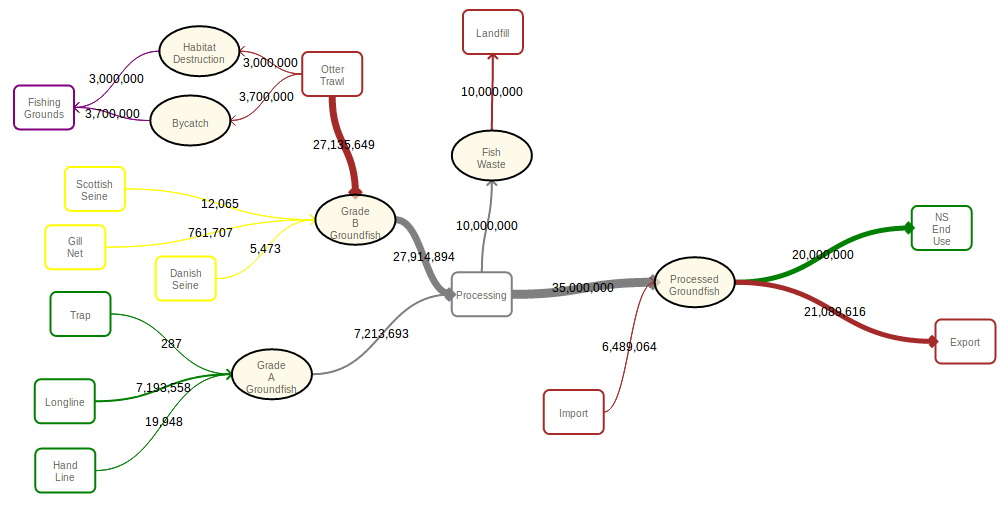
Later the Madison Mutual Aid Network wanted to map resource flows of all kinds among city-wide organizations who wanted to build collaborative networks of their organizations, and facilitate spreading resources from well-endowed parts of town to parts of town more in need. We helped them use the Nova Scotia software to gather the consumed and produced resources for each organization, and identify potential network connections. Those two projects gave some perspective into using the same REA patterns to support higher level analytical planning. Both groups intended to create a "round trip" between the analytical and operational, but that never happened.
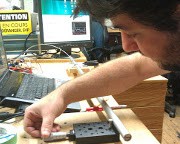
Back on the operational level, Sensorica was the first collaborator who wanted full R&D and small manufacturing features for their Open Value Network for open hardware. Sensorica also pioneered some "contribution economy" concepts, where instead of the boss taking a profit, the income is distributed to the contributors using a democratically decided equation. We worked together on this Network Resource Planning (NRP) software from around 2012 - 2015. It was forked by FairCoop for their Freedom Coop and Bank of the Commons, a local herbal network since disbanded, a high school fablab network called LearnDeep, and some others.
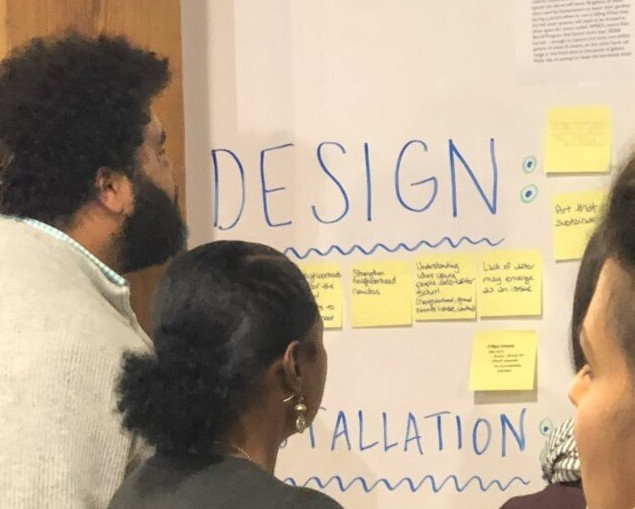
Around 2015, there was a growing movement towards distributed software and smaller modular software components that made a lot of sense to us. Enspiral started more focused discussion around the concept of an Open App Ecosystem, and many people all over the world joined in.
Out of these discussions, one decision was that we need a number of standard vocabularies and protocols to "glue" these smaller modular apps and components together. These standards (economic, social, governance, etc.) support developers' ability to contribute small pieces to a cohesive whole, and support groups' ability to build suites of software for their specific needs, which can also network with other groups.
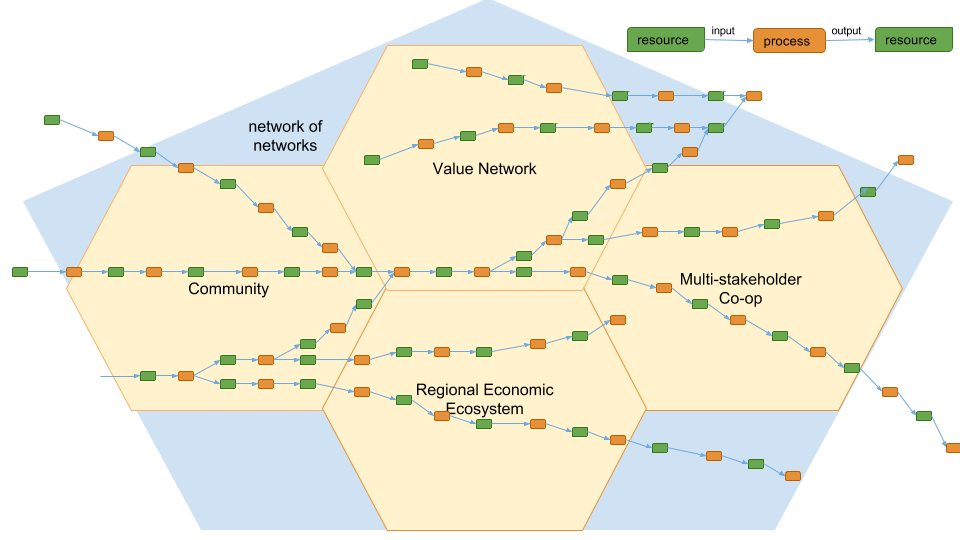
Thus the Valueflows vocabulary was born, and several people, including us, started working on it, each bringing different perspectives and experience. Valueflows is an economic vocabulary to coordinate the creation, distribution, and exchange of economic resources. As always, one piece of the puzzle. In 2017, we published a first version, and by 2019 it was stable enough for interested (and brave) developers to have started trying it out. The Valueflows team mostly went on to other work, but Bob and Lynn stayed around to help the projects and bring learnings back to Valueflows.
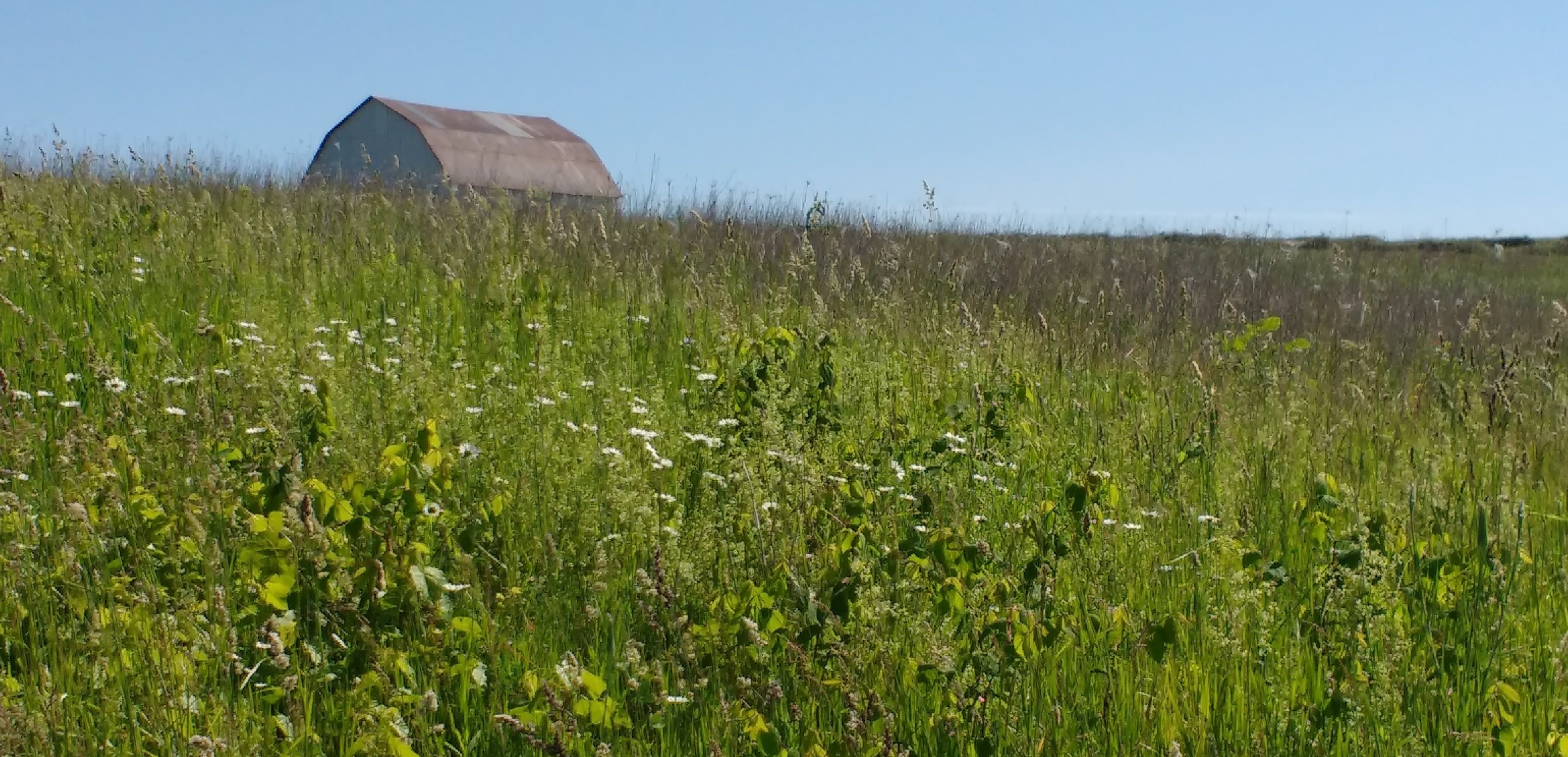
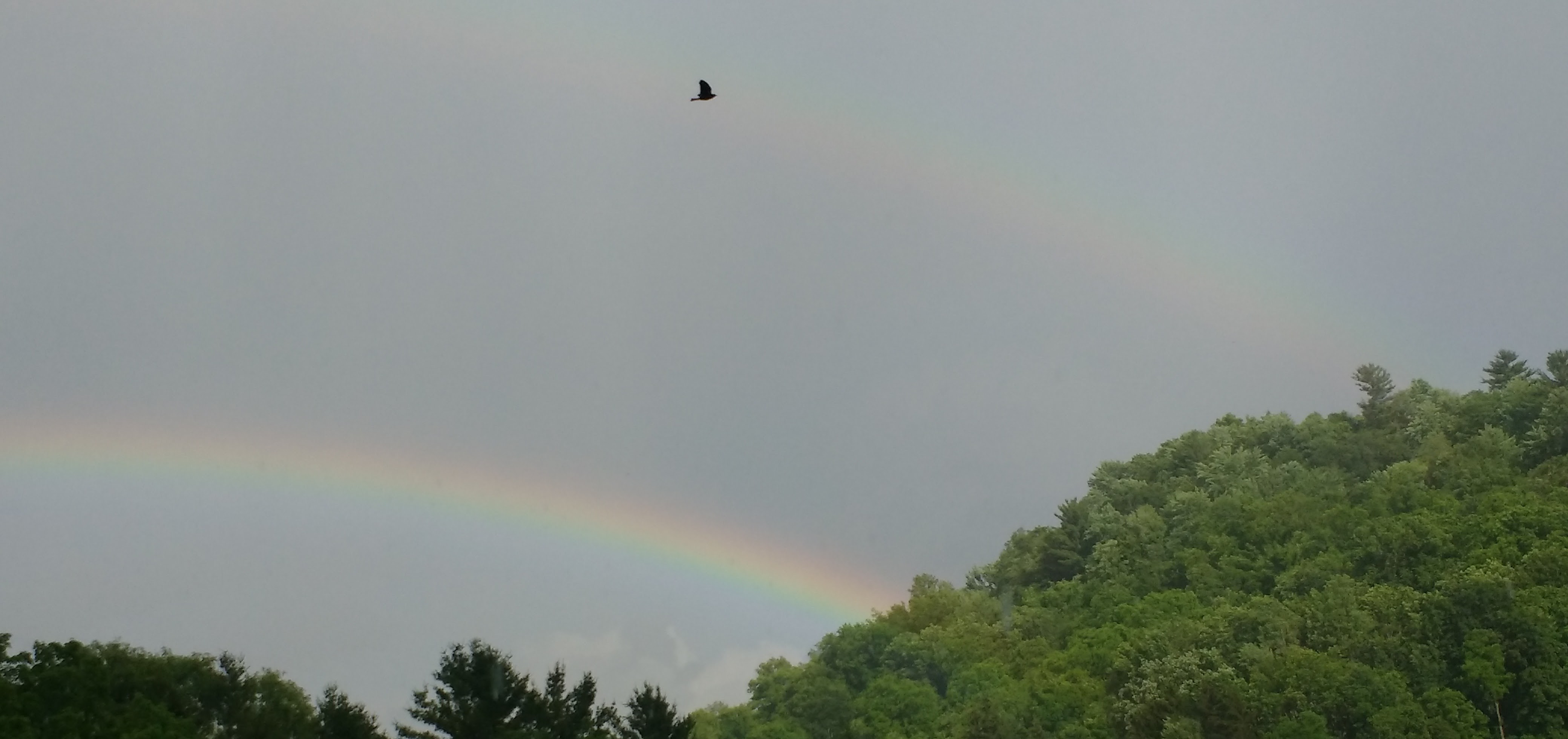
This includes some completed projects, some in process, and some false starts. Yes, this stuff is hard! There has been interest in various technical ecosystems, but the farthest along are the the Fediverse, Holochain, and FabCity. Applications include circular economy, fablab networks, open hardware, offers/needs, mutual aid, supply chain networks, cooperative networks, climate accounting. For a current list of implementations and their status, see this page.
Valueflows itself is making its way to a stable v1.0 release, with feedback from the active projects. With others' help, we are working on the specification itself, improving documentation, and supporting the active projects. For us, it turned out to be a culmination of decades of economic software exploration and summarization, made better by the collaborations with others. We are getting older, and are looking at how to move the growing Valueflows ecosystem to broader and more formalized governance and coordination between and among the user groups, developers, and maintainers. Feedback and help is welcome!
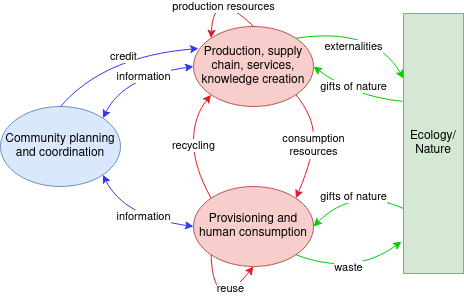
Whole Ecosystem Flows
Powered by w3.css
Please send us an email if you want to contact us directly.